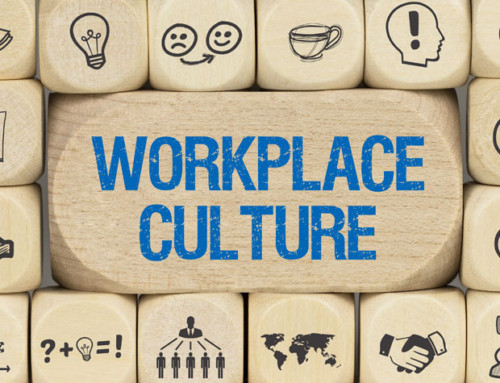It’s Monday morning, and you’re standing at the edge of a swamp. Looking out, you see many hazards: dark, dangerous water; patches of earth that look like quicksand; and trees with hanging clumps of moss hiding what, you’d rather not know. Is that an alligator gliding just below the surface, or is that your boss, coming to check on the overdue report? You know you can’t hide in the coffee room forever.
For many in the working world, facing the job on Monday morning is like standing at the edge of that swamp. Instead of alligators and snakes, the workplace is full of stress that comes from work pressure, ambiguity, conflict and uncertainty. It can be an unsafe and unhealthy place. Instead of draining the swamp, or at least relocating some of the reptiles, many organizations tell employees where they can buy a good pair of boots or give them referrals to doctors who can treat alligator bites.
A swamp of stress
Is your workplace culture a swamp of stress? To find out, begin by defining the culture elements you believe characterize your workplace. The 2014 Willis Towers Watson survey of culture and workplace stress divided cultural characteristics into two categories. The human side of culture encompasses the value placed on individual employees and their experiences as they work and live their lives within the company. As the survey defined it, the human side comprises four main elements, each defined by two opposite philosophies, or end points on a verbal scale. Culture’s work side influences how tasks tend to be defined and configured. These are the five work-side elements and their descriptive end points.
In most organizations, culture descriptors will fall somewhere between the end points of each dimension (e.g., few will centralize all decisions or be either rigidly procedural or universally flexible). The important thing is to define dimensions and descriptive end points that have meaning in your culture.
Stress survey results
Using these dimensions, survey respondents identified the differences between their own workplace culture and a lower-stress, more fulfilling environment. In general, people viewed their company’s current cultures as unnecessarily stressful, chiefly because they are too task-oriented, centralized and manager-directed. They also experience their workplaces as predominantly procedural, risk-averse and analytical. To increase the potential for greater work fulfillment and reduce stress, people said their work cultures would need to exhibit:
- Greater orientation toward people and less toward tasks – Increased consideration for employees’ personal well-being as essential to higher productivity and less stress, rather than an afterthought
- More opportunity for self-direction – Greater autonomy for employees to determine when, where and how they will accomplish their jobs
- A longer-term planning horizon – More opportunities for challenging work that is, to the greatest extent possible, free from unrealistic, onerous deadlines and contributes directly to individual growth and lasting organizational success
- Stronger focus on innovative solutions to problems – More chances for employees to exercise creativity and rethink established, conventional approaches to work.
Your organization may use other terms to define the dimensions of culture, or construct a survey containing elements different from these. The key point is this: Because stress is a psychosocial phenomenon, data gathered directly from employees on their workplace experiences form a central part of a comprehensive stress diagnosis. Generalized employee engagement surveys typically don’t focus enough attention on workplace stress to provide meaningful insights about what employees are experiencing.
Only with a detailed understanding of how employees perceive the cultural landscape they face each day can organizations make informed decisions about how to address stress, either directly (by removing the alligators and paving the quicksand) or indirectly (by telling employees where to get hip waders and snake bite kits). Executive leadership pulls the laboring oar in establishing the ground rules by which organization culture takes shape and stressors are addressed.







